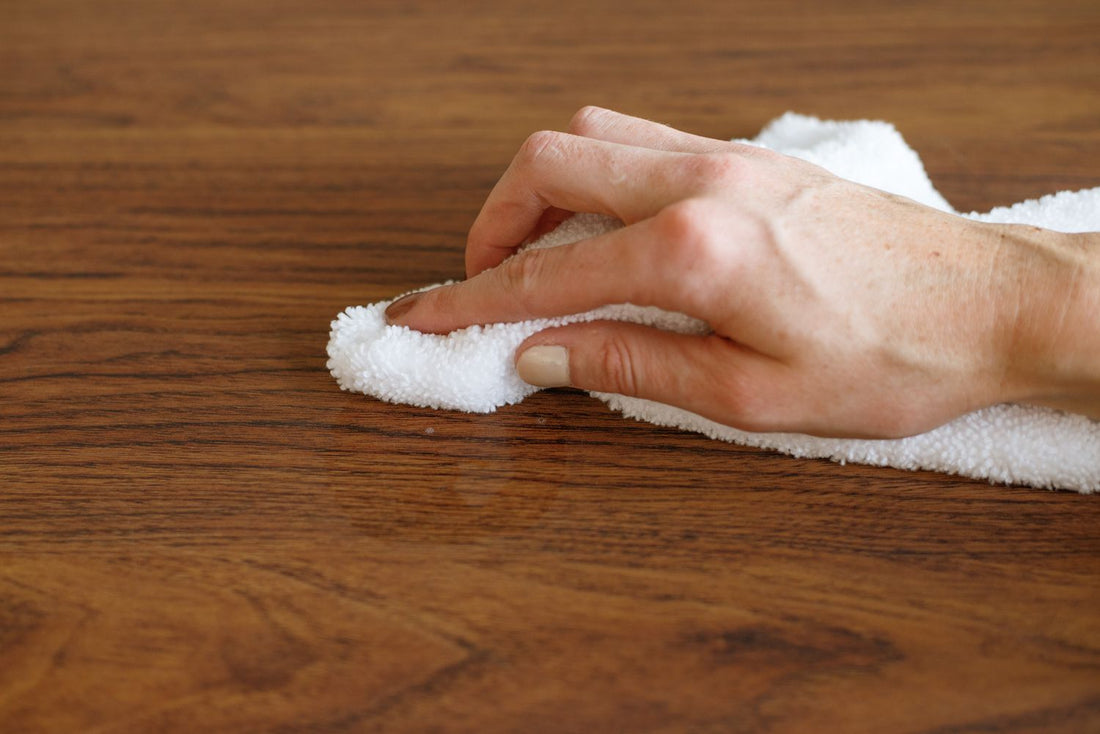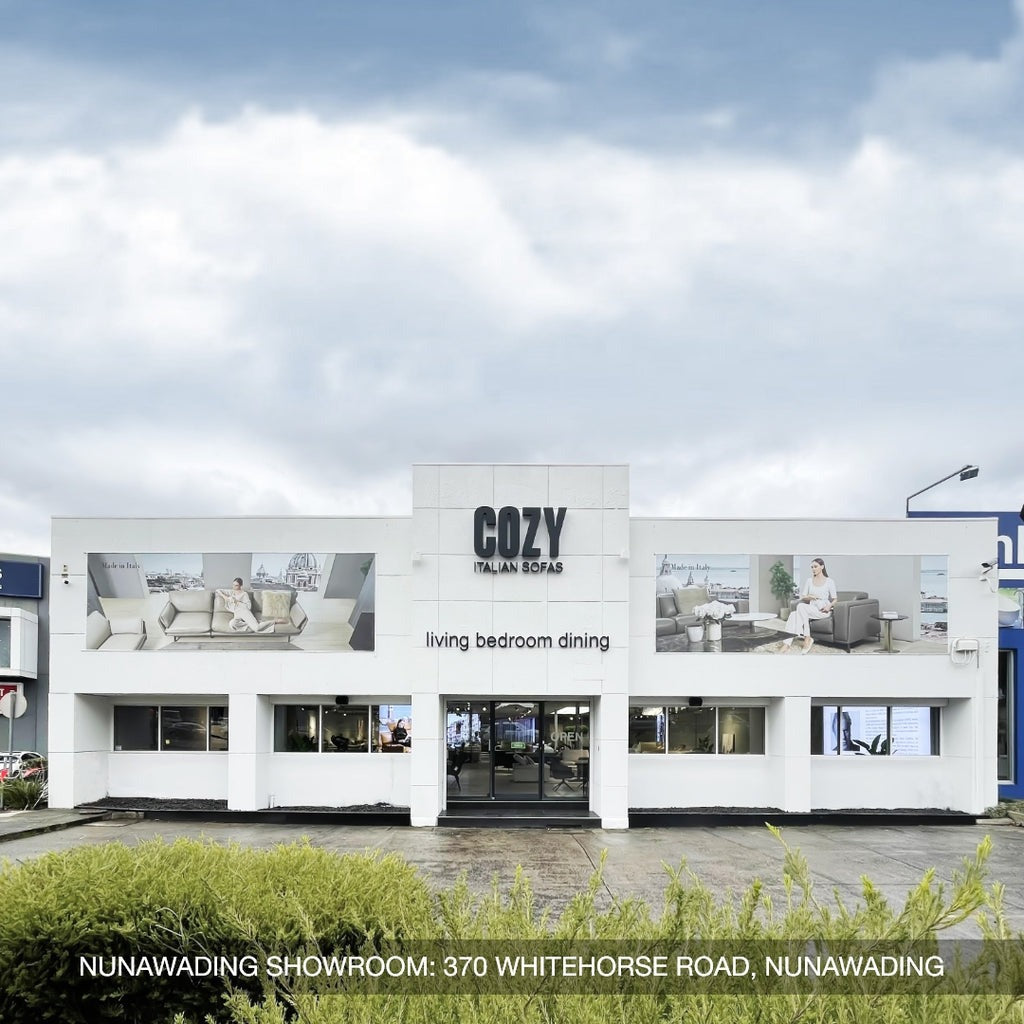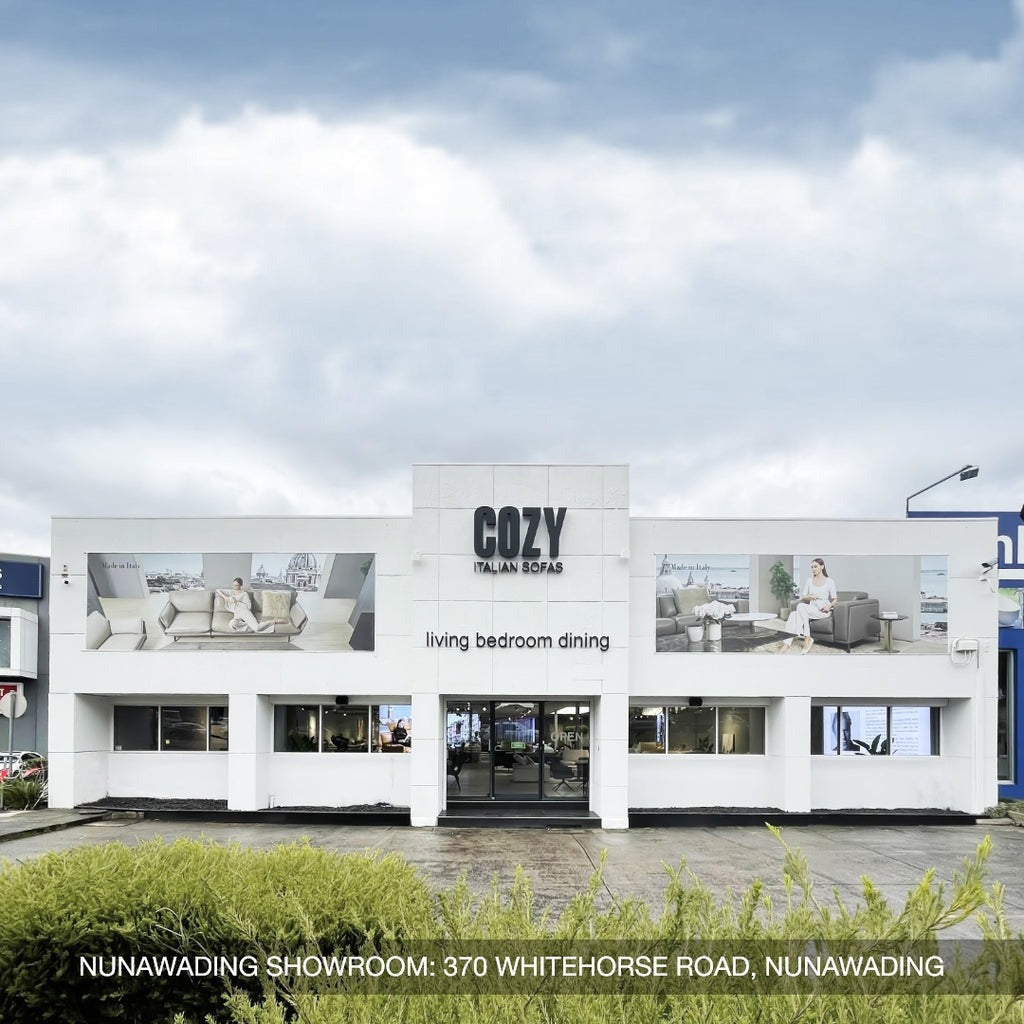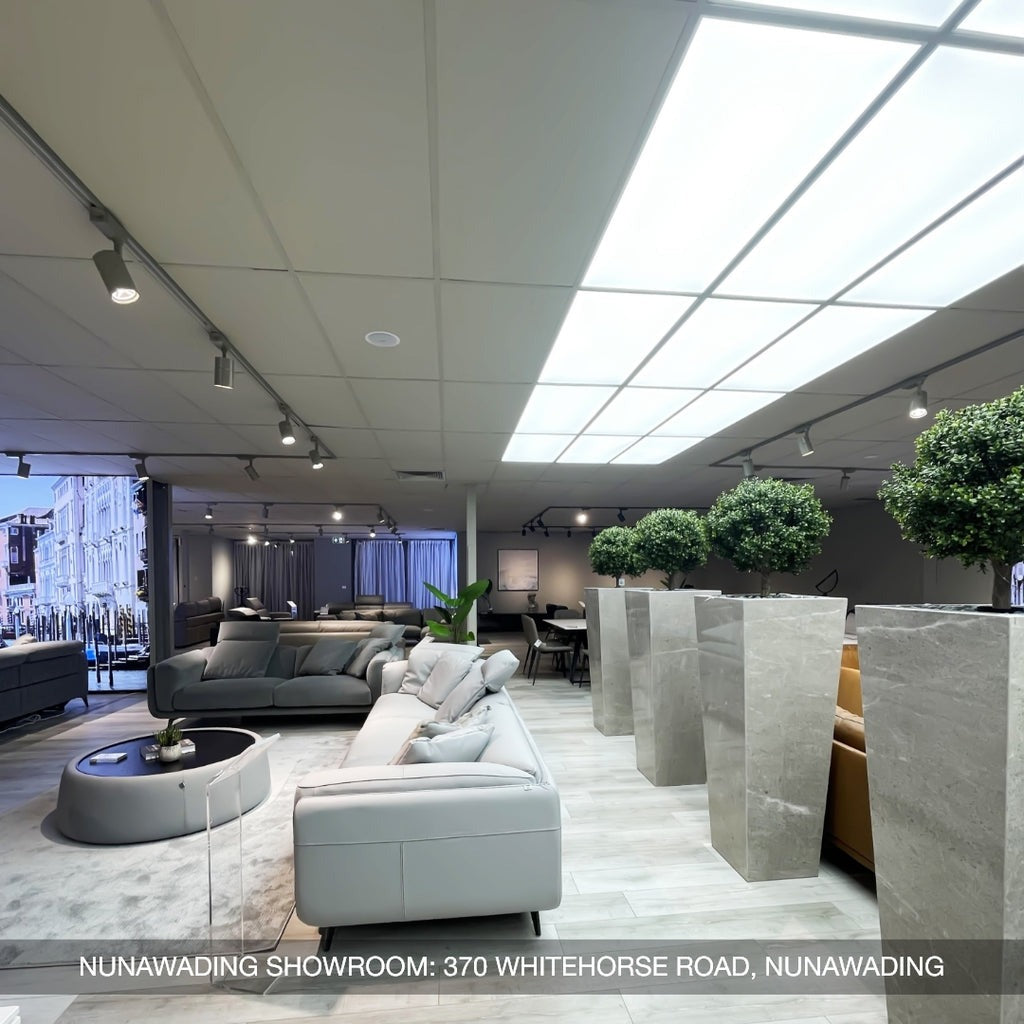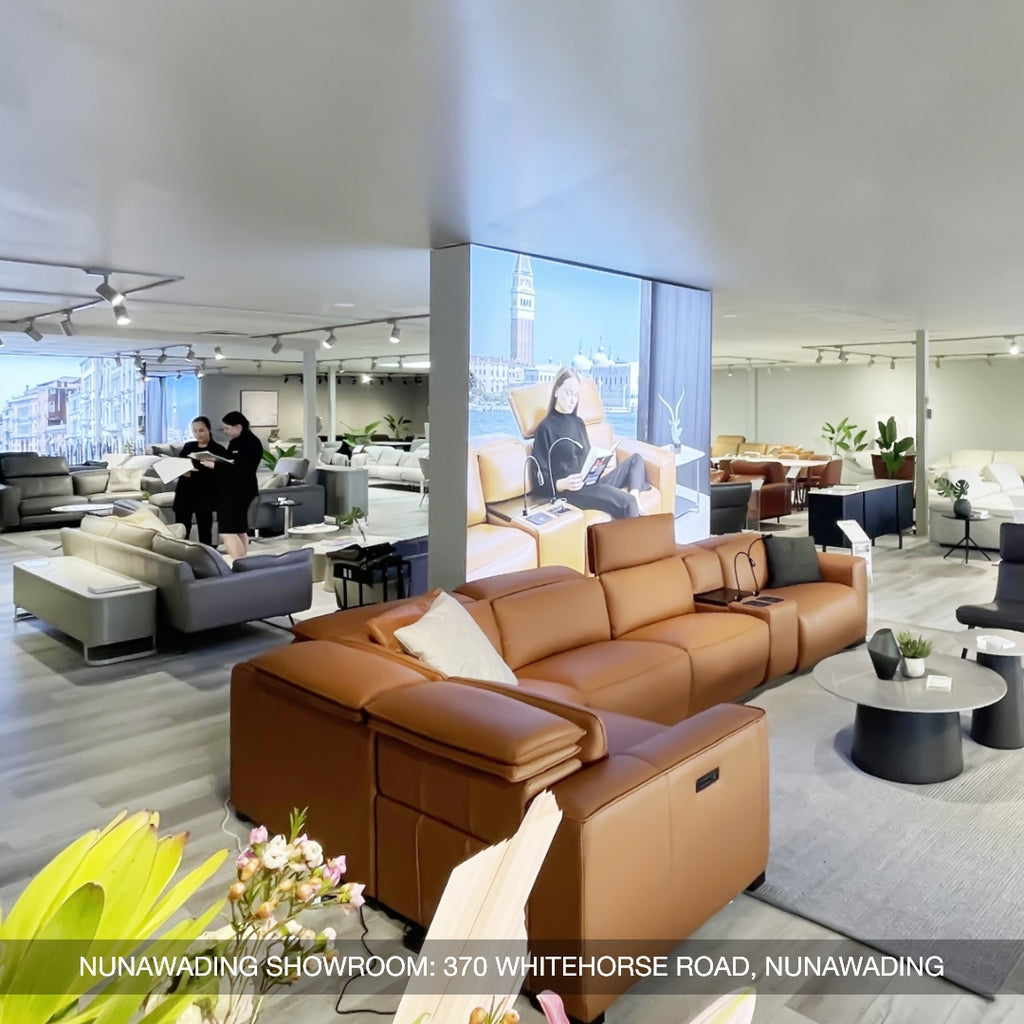In tropical or humid regions, wooden furniture absorbs moisture quickly, inviting mold, warping, and dull finishes. Consequently, homeowners often wonder, how do you clean a wooden table without damaging its natural grain? This guide explains how to clean a hardwood table safely in a weather-smart way, step-by-step.
Climate Driven Challenges for Hardwood Table
Hardwood tables, especially those featured in dining area design are prized for their durability and elegance. However, in humid or tropical climates, they face unique challenges that can compromise their beauty and structural integrity over time.
Moisture Content and Wood Movement
In humid areas, relative humidity (RH) can easily exceed 70%. When RH rises, wood absorbs moisture and swells. Conversely, during drier spells or when air conditioning is used, it loses moisture and contracts. This constant cycle stresses the table’s joints, leading to cupping (edges rise) or cracking along the grain.
In tropical zones, Equilibrium Moisture Content (EMC) values typically range between 12%–15%, compared to 6%–8% in temperate areas. This elevated moisture baseline means wood is always under greater internal tension, increasing the likelihood of deformation if not acclimated and sealed correctly.
Biological Threats
Organic finishes, such as tung oil or shellac, are especially prone to mold in damp air. If daily wiping isn’t part of your maintenance, a visible black or green film can develop in as little as a week, especially on shaded surfaces like table undersides.
Termites require 80%+ humidity for optimal nesting. They can enter through tiny wood cracks, eventually hollowing out internal structures. Powderpost beetles, common in Southeast Asia and the southern U.S., lay eggs in unfinished wood, causing powdery dust and weakening the wood from within.
Finish Vulnerability
Water-based polyurethane may cloud or turn milky under constant moisture exposure. Oil-based finishes might soften or feel sticky. Both scenarios degrade protection, making cleaning difficult another reason knowing how to clean a hardwood table safely is vital in these climates.
In coastal tropical regions, ultraviolet rays are stronger and more consistent throughout the year. Direct sunlight causes finishes to fade or peel faster, while salt particles in the air (in coastal homes) settle on surfaces and attract water, worsening both chemical and biological damage.

In humid or tropical environments, hardwood tables are particularly vulnerable to conditions that can gradually diminish both their aesthetic appeal and structural soundness.
A Step-By-Step Cleaning Procedure For A Hardwood Table
Cleaning a hardwood table in humid or tropical climates is not just about wiping away dust, it’s about protecting your furniture from moisture damage, mold, and finish breakdown. If you’ve ever wondered, how do you clean a wooden table without causing harm in high-moisture environments, this guide will give you clear and actionable answers.
Pre-Cleaning Preparation
Even the best cleaning techniques can fail if preparation is overlooked. Tropical humidity changes the game, requiring not just the right products, but also a carefully managed environment.
1. Identify the Existing Finish
Examine the tabletop under good lighting to determine whether it has a lacquer, polyurethane seal, oil-rubbed, or wax finish. Each type reacts differently to moisture and cleaners.
2. Assemble Climate-Smart Supplies
- Use quick-dry, low-lint microfiber cloths to minimize leftover moisture on the surface.
- A pH-neutral wood cleaner or mild castile soap avoids stripping the finish.
- For treating mold spots, keep 70 percent isopropyl alcohol on hand effective for killing surface mold without soaking the wood.
- Always use distilled water instead of tap to prevent unsightly mineral spots, especially in humid zones where drying takes longer.
- A soft-bristle brush is ideal for cleaning hard-to-reach areas like joints, edges, and carved legs.
- A portable fan or dehumidifier accelerates drying, which is essential in high-humidity environments to prevent reabsorption of moisture into the wood.
3. Prepare the Workspace
Choose a shaded and well-ventilated area direct sunlight can prematurely dry or distort the finish during cleaning.
Run a dehumidifier in the space for at least an hour before cleaning. Aim to bring relative humidity down to 40 to 55 percent, which prevents moisture from returning to the table mid-process.
Step-by-Step Cleaning Procedure For A Hardwood Table
Once you’ve properly set the stage with climate-smart tools and workspace adjustments, it’s time to move into the actual cleaning process. This is perfect for those planning living dining area ideas or evaluating new dining room set ideas that suit humid environments.
Step 1: Dry Dust Removal
Removing surface debris before using any moisture is essential. Dust acts like fine sandpaper and can scratch the finish during wet cleaning.
- Use a clean, dry microfiber cloth to wipe along the grain of the wood. This reduces the risk of micro-abrasions and preserves the smooth finish.
- Vacuum seams, joints, and the underside using a brush attachment. This lifts out mold spores, pet hair, and fine grit that often accumulate in humid areas especially under table aprons or where the legs meet the top.
Step 2: Gentle Surface Wash
After dust removal, lightly clean the surface to eliminate oils, fingerprints, and light spills without oversaturating the wood.
- Mix 1 teaspoon of pH-neutral soap (or castile soap) with 1 litre of distilled water. Avoid tap water to prevent mineral spotting.
- Lightly dampen a microfiber cloth, wring it thoroughly, and clean small sections at a time, always wiping with the grain.
- After each pass, immediately buff dry using a separate clean cloth. This helps prevent moisture from settling into the finish and causing warping or cloudiness.
Step 3: Targeted Mold and Mildew Treatment
Humidity often invites mold or mildew on neglected or porous wood surfaces, especially under decorative runners or flower vases.
- Always test a small, hidden area of the table first to avoid discoloration.
- Dab 70 percent isopropyl alcohol onto visible mold patches and allow it to sit for 30 seconds. Alcohol evaporates quickly and kills mold spores without soaking the wood.
- Use a soft-bristle brush to scrub the affected area, wipe with a damp cloth, then dry thoroughly to prevent re-growth.
- Do not use bleach, as it can discolor the wood and roughen the grain, especially damaging for modern dining tables with open-grain designs.
Step 4: Stain and Water-Ring Removal
Persistent moisture rings or surface stains are common in high-humidity homes and can spoil even the most polished look.
- For white moisture rings, apply a thin coat of mayonnaise or petroleum jelly, leave overnight, then wipe clean. The oils penetrate the finish and displace trapped water.
- For darker stains on oil-finished wood, gently polish using #0000-grade steel wool and paste wax. Buff until the surface is clear and dry, leaving no residue behind.
Step 5: Rapid Post-Cleaning Drying
After wet steps, speed-drying is critical in tropical areas to prevent moisture re-entry and mold formation.
- Position a fan or dehumidifier to blow across the tabletop for 10 to 15 minutes. This reduces residual surface moisture quickly.
- Before applying any conditioner or refinishing products, ensure the tabletop’s surface temperature matches room temperature. This signals that the wood has stabilized and won’t trap moisture beneath the finish.

Cleaning a hardwood table goes beyond simply removing dust, it’s about safeguarding your furniture from moisture damage, mold growth, and finish deterioration.
Alternative Options for High Humidity Environments
If you live in a humid or tropical climate, even the best maintenance routine may not be enough to protect traditional wooden tables from warping, mold, and finish degradation. That’s why it’s worth exploring furniture materials that inherently withstand moisture and temperature fluctuations.
Moisture-Resistant Solid Woods
Some solid woods are better suited for humid conditions due to their density, natural oils, or post-processing treatments. Naturally oily tropical hardwoods such as teak, ipe, and merbau contain high levels of natural oils that act as internal moisture barriers. These woods resist rot, mold, and insect damage and are widely used in shipbuilding and outdoor furniture.
Thermally modified timber, including heat-treated ash or pine, undergoes a high-temperature process that alters the wood's cell structure. This reduces its hygroscopicity (ability to absorb water) and enhances dimensional stability, making it ideal for indoor use in tropical zones.
Engineered Wood Products
For those who appreciate the look of wood but want more consistency in performance, engineered wood offers a practical solution. Marine-grade plywood features cross-laminated layers bonded with waterproof adhesives. Originally developed for boats, it provides exceptional resistance to moisture and delamination ideal for table bases or hidden structural parts in high-humidity interiors.
Exterior-rated MDF (medium-density fibreboard), when sealed with polyurethane, holds up well in damp climates. It’s smoother than natural wood and great for painted finishes, especially on modern contemporary dining chairs that are frequently touched and wiped down.
Ceramic / Porcelain Tables
If you're prioritizing low maintenance and high durability, ceramic and porcelain tables are excellent options for tropical living spaces. Fully vitrified slabs or large-format porcelain tiles are often mounted to aluminum or steel frames. Their non-porous nature prevents moisture absorption entirely.
These surfaces are immune to humidity, stains, and UV fading, making them an excellent indoor-outdoor hybrid material. No sealants or special cleaners are required, just a simple wipe-down does the job.
While the hard-glaze surface resists scratches, the corners or edges may chip if impacted. Rounded profiles or edge guards are recommended for high-traffic or family spaces.

Highly resistant to humidity, staining, and UV exposure, ceramic or porcelain tables transition seamlessly between indoor and outdoor use.
Marble (Natural Stone) Tables
For those drawn to elegance and timeless design, marble offers a cool, substantial alternative that also performs well in the heat. As a dense limestone, marble retains a thermally cool surface, which can feel refreshing in tropical conditions.
While its porosity is low, it still requires a penetrating sealer every 6 to 12 months to prevent moisture ingress and protect against etching from acidic foods or drinks. An 8 seater marble dining table can weigh several hundred kilograms, so it must be paired with a reinforced base. This combination creates a focal point for sophisticated living dining area ideas that feel grand yet grounded.
Metal Tables
Metal is another go-to material for humid environments, combining durability, style, and ease of cleaning. Stainless steel tables are non-corrosive, hygienic, and easy to sanitize, making them ideal for kitchen-adjacent dining spaces or homes with high humidity.
Powder-coated aluminum offers a lightweight yet rust-resistant option, and it can even mimic wood grain finishes allowing you to maintain the visual warmth of wood without the upkeep. These are particularly popular in modern contemporary dining chairs for coastal or tropical interiors.
Caring for wood furniture in humid climates doesn’t have to be stressful, once you understand how to clean a hardwood table properly, maintenance becomes simple and rewarding. If you’ve ever asked, how do you clean a wooden table without damaging it, the answer lies in mindful care and quality craftsmanship. At COZY, we offer durable, moisture-resistant furniture designed to thrive in tropical environments. Explore our collection today to find timeless tables and stylish seating that fit your space and stand up to the climate.

